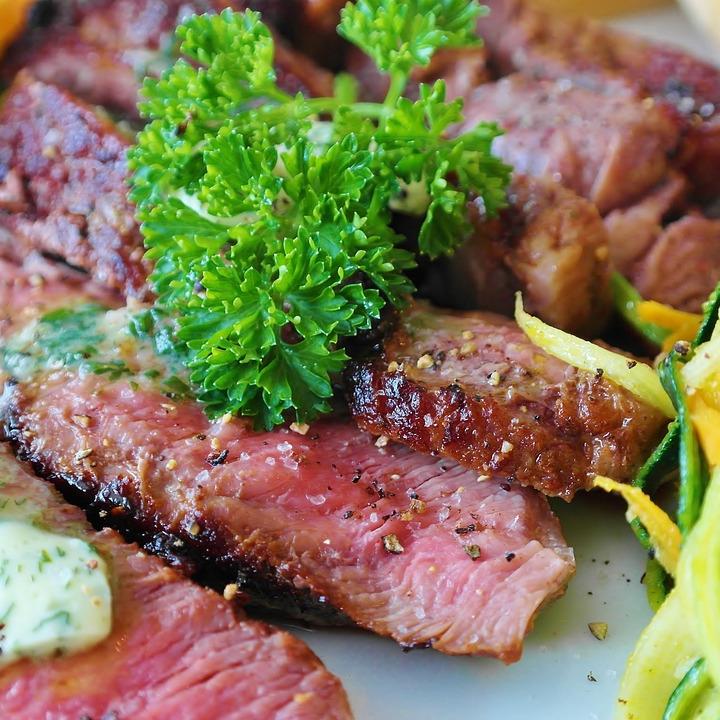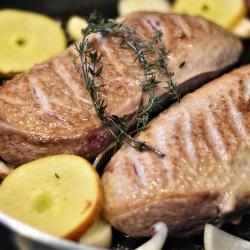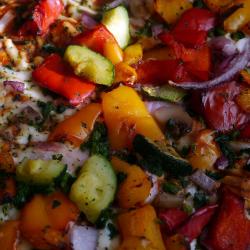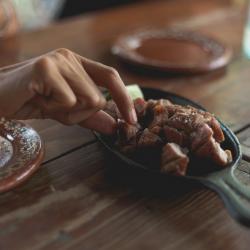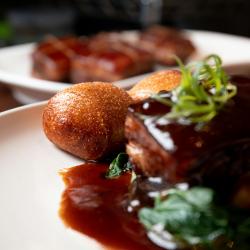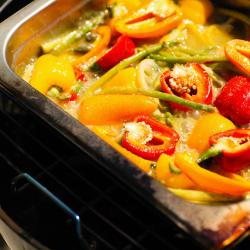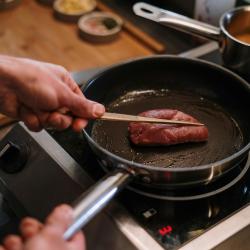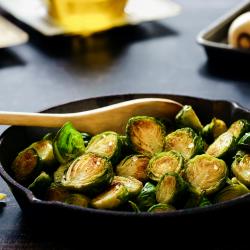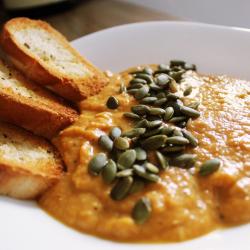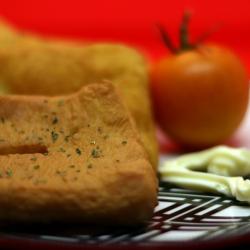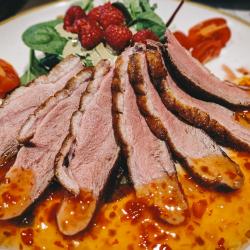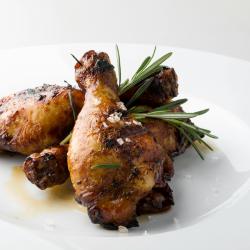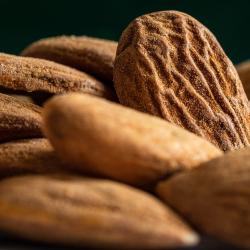How to Perfect the Roasting Technique for Juicy, Flavorful Dishes
Roasting is an age-old culinary technique that transforms simple ingredients into deliciously tender and flavorful dishes. Whether you’re preparing a Sunday roast, a holiday feast, or simply aiming to elevate your weeknight dinners, learning how to perfect roasting can make all the difference. This guide will walk you through the essentials to ensure that your roast is juicy, succulent, and bursting with flavor every single time.
1. Choose the Right Cuts and Ingredients
Selecting the right ingredients is fundamental to a successful roast. For meats, opt for cuts with some marbling, such as a ribeye or pork shoulder, which render fat and infuse flavor during cooking. For poultry, whole birds like chicken or turkey are ideal. When it comes to vegetables, choose hearty options like carrots, potatoes, and root vegetables that can handle prolonged exposure to heat without losing their structure.
2. Season Generously
Roasting enhances the natural flavors of your ingredients, but a generous seasoning can elevate them to new heights. A simple blend of salt and pepper can work wonders, but don’t shy away from experimenting with herbs like rosemary, thyme, or sage. Aromatics such as garlic, onions, and lemon zest add new dimensions to your dish. For an added layer, consider marinating your meat overnight to deeply infuse flavors.
3. Preheat for Perfection
A hot oven is paramount for a successful roast. Preheat your oven to the appropriate temperature—usually between 375°F and 450°F, depending on the recipe. The initial burst of high heat helps sear the outside of the food, creating a delicious crust that locks in juices.
4. Use the Right Equipment
Invest in quality roasting equipment. A sturdy roasting pan or a sheet pan with a rack is ideal for ensuring even cooking. The rack elevates the meat from the pan, allowing heat to circulate and creating an even roast. For vegetables, a flat, large baking sheet provides enough space for airflow, preventing steaming and encouraging caramelization.
5. Monitor Internal Temperature
To avoid the disappointment of an overcooked meal, use a meat thermometer to check internal temperatures. Different meats require specific temperatures to ensure they’re cooked thoroughly yet retain their moisture. Here’s a quick guide:
- Beef: Medium-rare 135°F, Medium 145°F
- Pork: 145°F
- Poultry: 165°F
6. Rest Before Carving
Resist the urge to immediately carve into your roasted masterpiece. Allowing meat to rest for about 10-20 minutes post-roasting enables the juices to redistribute throughout, ensuring each bite is moist and tender. Cover the roast with aluminum foil to retain warmth during this resting period.
7. Enhance Flavors with a Finishing Touch
Give your roast a professional touch with complementary sauces or glazes. A simple gravy, a herbed butter, or a vinegar-based glaze can accentuate flavors and add a sophisticated finish to your dish.
8. Experiment and Adjust
Perfecting the roasting technique requires a willingness to experiment. Don’t hesitate to tweak seasoning blends, try new flavor profiles, or vary cooking times and temperatures. With practice, you’ll develop an intuition for what works best, crafting signature roasts that reflect your personal taste.
Roasting is as much about technique as it is about understanding and savoring the transformation of raw ingredients into a culinary delight. By following these guidelines, you can master the art of roasting, creating dishes that are as flavorful as they are memorable. Whether you’re a seasoned chef or a home cook, the joy of a perfectly roasted meal is unparalleled. Happy roasting!
